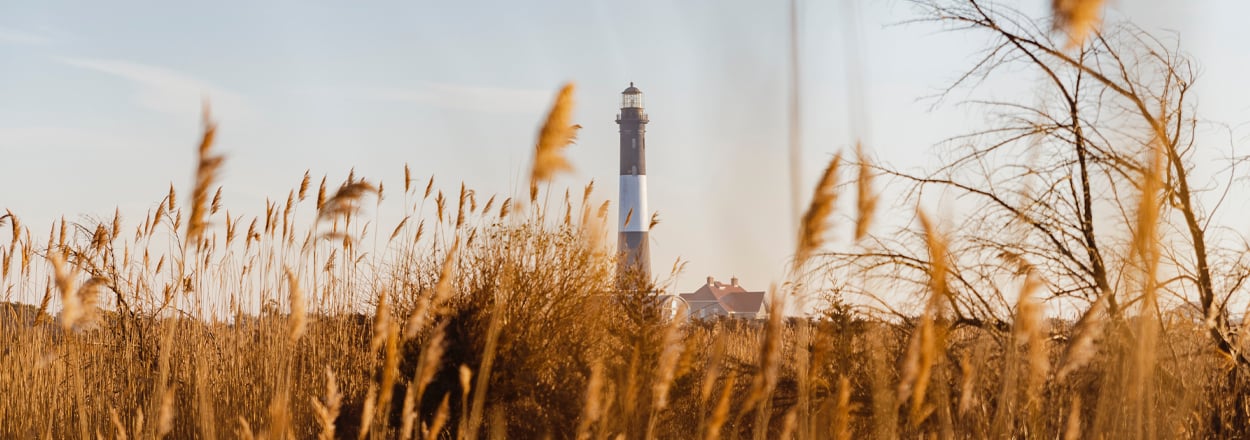Travelers can turn their next vacation into a creature feature when they visit some of the world’s most unique animal islands. From things with scales to things with tails, there are a surprising number of destinations where animal inhabitants outnumber their human counterparts.
So go ahead, vacation as the wild things do at these animal islands around the world.
Cat Island — Tashirojima, Japan
Japan’s Tashirojima is the cat’s meow, literally. Home to hundreds of feline friends, kitty cuddles, await those who voyage to this purrfect destination. Located in the Tohoku region, this cat lover’s paradise is just an hour from Ishinomaki, a coastal city in Miyagi Prefecture. To access “Cat Island”, travelers can catch a ride on one of the region’s daily boats to the quaint inlet.
Why so many cats? The tale of Tashirojima’s furry residents dates back to the Edo period (1600-1868) when many islanders raised silkworms for textile production. In order to curb the population of silkworm enemy number one — the mouse — locals encouraged cats to roam free. From then on, cats were seen as a friend, and a good luck charm, to both silkworm farmers and fishermen alike. Locals have been caring for the large colony ever since.
View this post on Instagram
While Cat Island is home to way more feline than human inhabitants, visitors will still find plenty to do when visiting Tashirojima. Whether they decide to stay the night at a hotel or resort — including Manga Island Resort, a campground with cat-shaped cabins — or opt to spend a day admiring cat shrines and enjoying local cafes and shops, there’s something for everyone to enjoy, cat person or not.
P.S., travelers are advised not to pack cat treats in their carry-on as these fluffy friends are well cared for and even receive regular visits from a mainland vet.
Rabbit Island — Ōkunoshima, Japan
What was once the site of a former toxic gas production lab has become an Insta-famous tourist spot thanks to the presence of thousands of adorable rabbits. While it may sound downright bizarre, this is the tale of Japan’s Ōkunoshima, aka “Rabbit Island”, a place atop many travelers’ wish lists.
About those toxic gas labs … In the early 20th century, the Japanese government requested a secret poison gas factory be built on Ōkunoshima as the country was in thralls with China at the time. While none of the gas produced at these factories was ever used in warfare, the site, and the activities that took place there, are shrouded in secrecy. Many locals believe that only the workers know the true story. In time, however, the island was evacuated. The ruins of the former facilities still stand.
View this post on Instagram
Despite its ugly history, Ōkunoshima is beautiful with rugged ocean views and palm-studded walkways, and did we mention the rabbits?! While their origin is unknown, locals estimate that there are upwards of 1,000 bunnies occupying Rabbit Island, many of which will happily munch on fresh veggies or rabbit food straight from visitors’ hands.
In addition to bonding with the buns, travelers can hop around the island for some sightseeing or can make a beach day out of their visit as the region is home to some beautiful golden sand beaches. Similar to Cat Island, visitors can opt to stay the night at Rabbit Island’s only hotel, Kyukamura Ōkunoshima, or they can sleep beneath the stars (perhaps accompanied by a furry friend or two) at the hotel’s well-maintained campsite.
Pro tip: the Rabbit Island campsite doubles as an amazing place for stargazing as it enjoys little ambient light.
Iguana Island — Little Water Cay, Turks and Caicos
Travelers can roam with the dinosaurs, well, hundreds of miniature ones that is, at Little Water Cay, aka “Iguana Island”. Located in Turks and Caicos, Iguana Island is a small cay situated off the eastern coast of Providenciales. The region is easily accessible by boat or even a quick kayak ride for adventurous vacationers.
Little Water Cay is home to somewhere between 2,000 to 3,000 Rock Iguanas, an endangered species that lives safely on the small island thanks to major conservation efforts. Because of its important standing as a safe haven for these scaly friends, travelers must be careful to only explore Little Water Cay via designated paths and boardwalks.
View this post on Instagram
As for things to do, in addition to admiring these prehistoric beasts, travelers can explore the Little Water Cay Visitor Center for $10 or they can spend time soaking up some sun at Half Moon Bay, one of the most beautiful (and secluded) beaches in the Caribbean.
Note: The Turks and Caicos National Trust asks that visitors refrain from feeding the iguanas. Travelers should always stay on the boardwalks; littering is strictly prohibited and no pets are allowed.
Turtle Island — Laviscount Island, Antigua
Speaking of ancient beasts, vacationers in the Caribbean can experience an up-close-and-personal encounter with the oldest living animal on earth, the Giant Aldabra Tortoise, when they visit Antigua’s Laviscount Island. While these majestic creatures didn’t originate in Antigua — instead hailing from the Indian Ocean —, over 50 Giant Aldabra Tortoises live there today.
View this post on Instagram
At their largest, Giant Aldabra Tortoises can weigh up to 600 pounds and can live for up to 200 years. Sadly, these slow-moving pals are endangered, however, they’ve found a safe and happy home in this tiny pocket of the West Indies. To visit Laviscount Island, travelers can book a tour through Stingray City, another nearby animal attraction where travelers can swim and snap selfies with massive rays.
In addition to giant tortoises, Laviscount Island also plays host to a small group of Lesser Antilles Iguanas and colorful tropical birds. Travelers can also explore the island’s many nature trails and a lovely private beach.
Seal Island — Duiker Island, South Africa
Fans of marine life will love a visit to South Africa’s Duiker Island, aka “Seal Island”. A one-acre rocky land mass, over 6,000 Cape Fur Seals spend their days here jumping, playing and lounging in the South African sun. It may come as no surprise that zero people live on Duiker Island, however, interested travelers can easily join a boat trip from Hout Bay to see these fuzzy mammals in action.
View this post on Instagram
If watching from the sidelines doesn’t constitute enough action, travelers can take the plunge into the Atlantic Ocean and swim alongside these fantastic sea lions on a snorkeling tour. Previous Duiker Island-goers have described the experience as magical, fun and informative.






comments